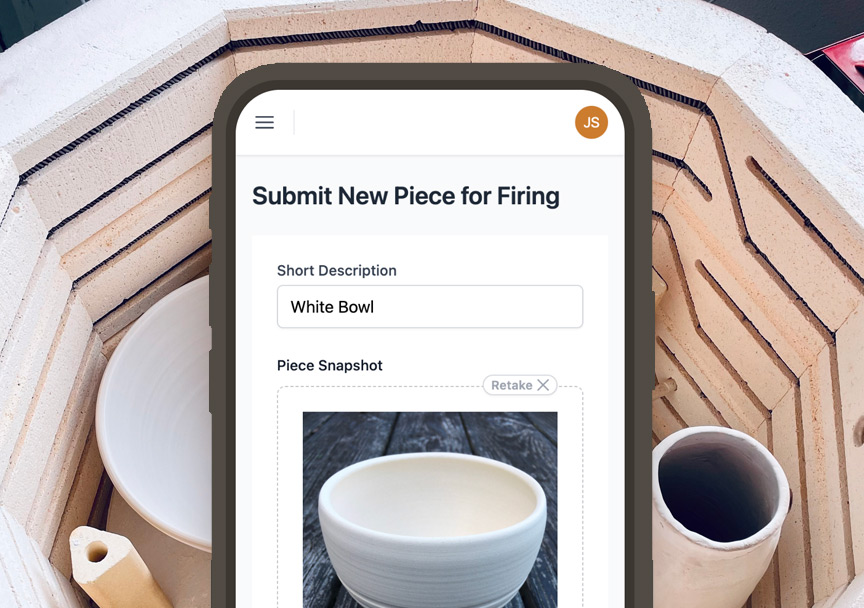As a ceramic artist, there's no need to confine yourself to pre-made glazes. You unlock a world of untapped creative possibilities by custom mixing your own glaze colors and textures. This guide will lead you on a journey through the process of hand-mixing glazes, detailing ways to tweak standard recipes and expand the realm of glaze effects.
Can You Mix Glaze Colors?
Absolutely! Mixing glaze colors allows for a high degree of customization and opens the door to greater artistic freedom, particularly when blending small batches.
Consider these innovative approaches to hand-mixing glaze colors:
- Tint clear base glazes with small amounts of stains or oxides.
- Intermix compatible opaque glazes.
- Layer complementary transparent glazes.
- Brush blend adjacent glazes on bisqueware.
- Combine dipped glaze colors on your ceramics.
- Apply multiple glazes by spraying for a unique effect.
- Utilize resist methods to create intricate patterns.
The process bears similarity to mixing paint colors, allowing you to fine-tune ratios based on intuition and trial and error. Make sure to blend small test tiles first to ensure compatibility.
Glaze Ingredients that Add Color
Certain ingredients can infuse color into base glazes, including:
- Metal Oxides: Cobalt, copper, and manganese are common examples.
- Stains: These are colored oxides blended with flux.
- Opacifiers: Zinc, tin, and zircopax are often used.
- Colorants: Chrome, nickel, and iron can be used for added color.
To start, try clear base glazes like 10-10-10 or 80-20 formulas, and add 1-3% colorants with caution until the desired intensity is reached.
Tips for Mixing Glaze Colors
Consider these tips grounded in basic color theory when hand-mixing glaze colors:
- Complementary oxides will neutralize each other.
- Tint bases with small amounts of stains or oxides.
- Mixing too many colors together might turn the mixture brown or black.
- Test compatibility on glaze test tiles before applying to your artwork.
- Keep detailed notes on your custom mixes for future reference.
Options for Creating Glaze Textures
Hand-mixing not only allows you to create personalized glaze colors but also enables you to experiment with unique textures:
- Crystalline: Increase calcium, zinc, or alkali fluxes for a crystalline effect.
- Orange Peel: Add zircopax or tin oxide for this texture.
- Crawling: Decrease clay/glaze compatibility with certain additions.
- Wrinkled: Introduce high alkaline content, like soda ash, to create a wrinkled texture.
- Layering Textures: Apply multiple glazes for interactive effects.
Inspiring Mixed Glazes for Exploration
Going beyond basic glaze recipes can lead to some truly stunning effects. Try experimenting with these combinations:
- Iridescent: Add suspended mica flakes for a sparkling effect.
- Ombré Banding: Create blended color fades for a smooth transition.
- Oil Slick: Floating colors blend and separate for a mesmerizing result.
- Crackle: Use flux-incompatible layers for a crackled, vintage effect.
- Faux Woodgrain: Apply iron washes to resist for a rustic woodgrain illusion.
Don't hesitate to explore and experience "happy accidents" with test pieces - that's where true creativity blossoms!
Benefits of Mixing Custom Glazes
Hand-mixing glaze colors and textures offer numerous advantages:
- Full artistic control and customization.
- An open opportunity for creative exploration.
- Understanding of glaze chemistry by tweaking recipes.
- Unlocking new color and texture aesthetics.
- Ability to create small, custom batches instead of making bulk purchases.
- Replication of favorite glazes from tests.
Every ceramic studio should nurture artistic intuition through glaze experimentation. With the right foundational knowledge, hand-mixing glazes becomes a liberating creative exercise.

.jpg)
